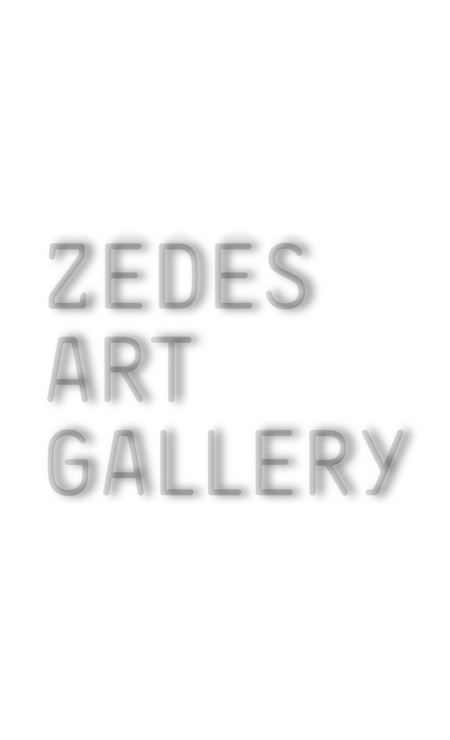Christine Nicaise

The work of Christine Nicaise could make us think about the Japanese concept “Wabi/Sabi" where Art is based on respect for nature and the alteration of time. These characteristics are not unique to Asia. The artist was never inspired by any philosophies from the Far East but rather by the concept of “Ataraxia”. This concept dates back to the beginning of our Western civilization and is attributed to the Greek philosopher Democritus. He advocates the tranquility of the soul and the mastery of it by the exact appropriation of the value of things. This moderation leads to the harmony of existence. If we look at Christine Nicaise paintings, we see bluish and chalky white vibrations appearing on her gray backgrounds that drown in a limitless volume. The artist dilutes the layers and rubs them until transparent. It blurs the color and gives the material a patina until mattness. This refined austerity leaves no brush marks. We are in the reign of the continuous, of the purified, of patience, in a kind of time given to time. On the surface of this fusion, the artist throws a white or black sign and suddenly, we see the extremes making an alliance. The background where all times seem contained merge with space. On the other hand, the line in all its sharpness, does not have the patience of the bottom, it is energy and occurs as a kind of promise of an advent. It is immediacy and carries within it the finitude of the ephemeral. The sign that Christine Nicaise throws on her canvas remains illegible to our eyes. It does not designate, does not state, does not confine. It is the absolute sign, which enjoys existence before any structuring, before any grammar. Christine Nicaise's painting comes from somewhere, where things take place but, without telling us what, writes Jean Marie Klinkenberg of the Royal Academy of Belgium. We have no access except contemplation, the raw act of looking. All the primordial elements are invited in his art of painting: water, air, earth and fire. They participate in a certain penumbra, in the sober palette of silent nature.

